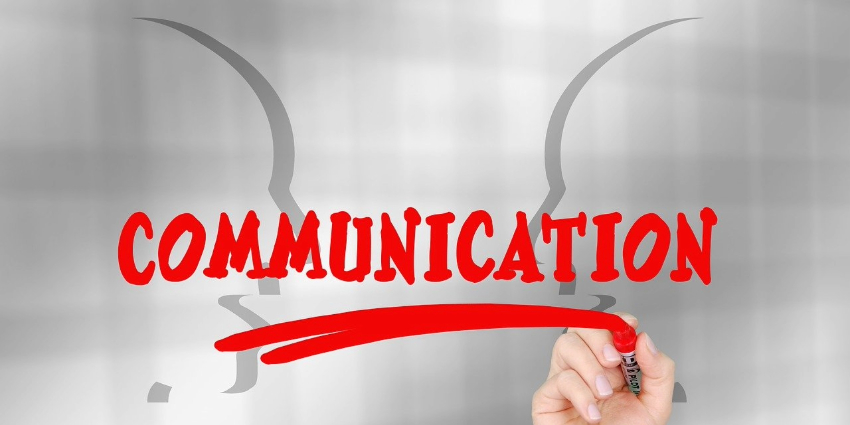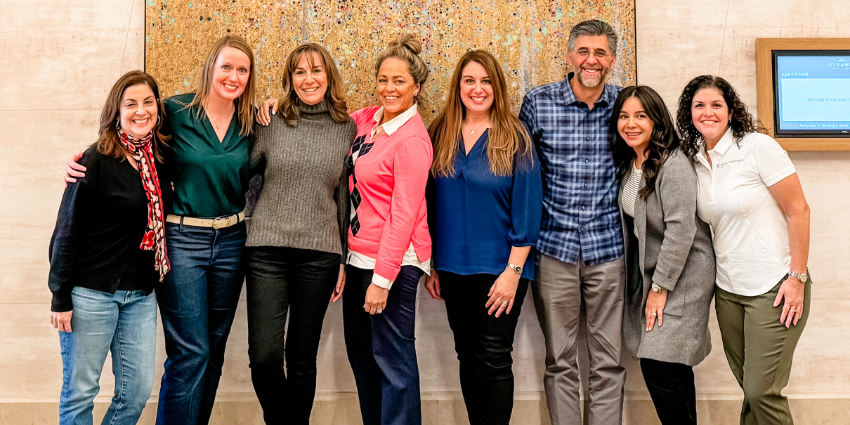Waaaaaaaaaay back in February of 2022…I wrote a Thought Partner titled The Four Stages of Psychological Safety. It’s not too shabby so I encourage you to check it out (again, possibly).
In a verrrrrrrry brief nutshell, psychological safety refers to an environment of rewarded vulnerability, based on the idea that one will not be punished or humiliated for speaking up with differing ideas, questions, concerns, or the surfacing of mistakes. Essentially, psychological safety seeks to create a culture in which people feel:
1. Included
2. Safe to Learn
3. Safe to Contribute
4. Safe to Challenge the status quo, in an open, non-marginalized manner
The competition for talent in today’s environment has hit a frenetic crescendo and there is no question that an individual’s engagement and retention are directly correlated to the level of psychological safety they feel in each of these four categories. Therefore, how does one go about gauging another’s psychological safety in order to increase engagement and retention rates?
This month we’re exploring tips and tricks for creating more effective meetings.
Let’s begin by looking at how we can gauge an individual’s psychological safety while conducting 1:1 meetings.
In your next 1:1 meeting, ask each of the following two-part questions, then listen intently and take notes on what you hear:
1. Inclusion Safety Questions: Do you feel accepted and/or have a sense of belonging at work? How would you feel more rewarded for bringing your thoughts and ideas to work? (Caution: The first question might yield a YES or NO answer so you may need to throw in “Please explain” or “Can you give me an example so I better understand your response.”)
2. Learner Safety Questions: On a scale of 1-10, how safe do you feel to learn and grow at work? What needs to happen for you to feel rewarded for asking questions, giving and receiving feedback, experimenting, and even making mistakes?
3. Contributor Safety Questions: On a scale of 1-10, how safe do you feel using your knowledge, skills, and experience in order to make meaningful contributions at work? If you were rewarded with more autonomy, guidance, or support, how would that make a difference in how you contribute?
4. Challenger Safety Questions: On a scale of 1-10, how safe do you feel challenging the status quo? What do you notice about the environment after you offer candor, constructive dissent, and courageous thinking?
We’re going to take a deeper dive into conducting “stay interviews” later this month; however, if you begin to bake this strategy into your 1:1 meetings, your ability to diagnose disconnection and promote retention will yield a welcome result, for your now more effective meetings.













